
SpaceX Crew‑11 : a new team bound for the International Space Station
On August 1, 2025, at 11:43 EDT, a SpaceX Falcon 9 rocket successfully launched from the Kennedy Space Center in Florida, marking the launch of Crew‑11. This mission carries four astronauts to the International Space Station (ISS) for a six-month mission.
An experienced international crew
The Crew‑11 crew consists of:
- Zena Cardman (NASA), mission commander, making her first spaceflight.
- Mike Fincke (NASA), pilot, veteran with three previous missions.
- Kimiya Yui (JAXA), mission specialist, making her second stay aboard the ISS.
- Oleg Platonov (Roscosmos), mission specialist, participating in his first spaceflight.
This collaboration among the American, Japanese and Russian space agencies illustrates the ongoing international cooperation in the field of space exploration.
Scientific objectives of the mission
During their six-month stay aboard the ISS, the Crew‑11 crew will conduct a variety of scientific experiments, including:
-
Preparation for exploration beyond low Earth orbit : Lunar landing simulations will be conducted to evaluate the effects of gravity changes on spatial perception and astronauts' piloting skills.
-
Studies on plant cell division : Understanding how microgravity influences the growth and development of plants, which is essential for food production during prolonged space missions.
-
Research on microgravity and viruses : Examining how the absence of gravity affects the behavior of viruses and bacteria, in order to develop medical treatments suited to space environments.
-
Stem cell production : Testing mass production of stem cells in microgravity, which could revolutionize regenerative medicine on Earth.
-
In-flight nutrition : Developing on-demand food production systems for future missions to Mars, ensuring adequate nourishment for astronauts during long-duration journeys.
A strategic docking
The Crew Dragon spacecraft docks at the zenith port of the Harmony module of the ISS, enabling efficient integration of the crew and scientific equipment aboard the station.
Conclusion
The successful launch of the Crew‑11 mission highlights the importance of international partnerships and technological advances in space exploration. The research conducted by this crew will contribute not only to preparing future missions beyond low Earth orbit, but also to scientific advancements benefiting humanity. Each mission to the ISS brings us a little closer to understanding and exploring the universe around us.
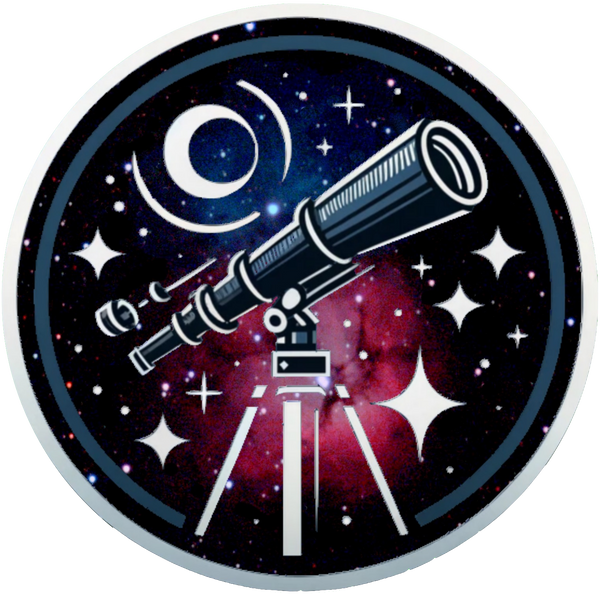
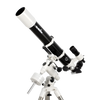 All
All
 Dobson
Dobson
 Refractors
Refractors
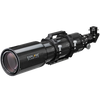 Ed & Apochromates
Ed & Apochromates
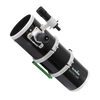 Newtonian reflector
Newtonian reflector
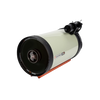 Schmidt Cassegrain
Schmidt Cassegrain
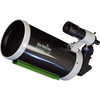 Maksutov-Cassegrain
Maksutov-Cassegrain
 Solar
Solar
 Researcher
Researcher
 Focal reducer
Focal reducer
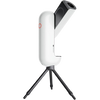 Intelligent
Intelligent
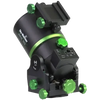 All
All
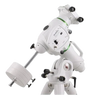 Equatorial
Equatorial
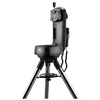 Alt/Az
Alt/Az
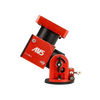 Harmonic
Harmonic
 Tripods
Tripods
 Accessories
Accessories
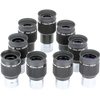 All
All
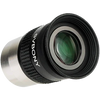 Wide angle
Wide angle
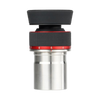 Zoom eyepieces
Zoom eyepieces
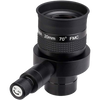 Reticulated eyepieces
Reticulated eyepieces
 Barlow
Barlow
 Plössl
Plössl
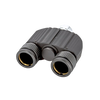 Binoculars
Binoculars
 Atmospheric Corrector
Atmospheric Corrector
 All
All
 Visual
Visual
 Photo
Photo
 Polarisants
Polarisants
 Solar Filters
Solar Filters
 Accessories
Accessories
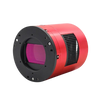 All
All
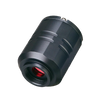 Color Cameras
Color Cameras
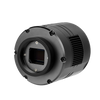 Monochrome Cameras
Monochrome Cameras
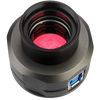 Planetary/Guiding
Planetary/Guiding
 Objectives
Objectives
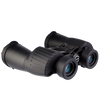 All
All
 Binoculars
Binoculars
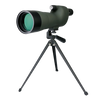 Spotting Scope and Monocular
Spotting Scope and Monocular
 Elbows
Elbows
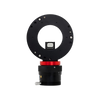 Optical Divider
Optical Divider
 Mirrors
Mirrors
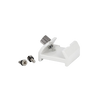 All
All
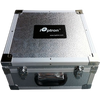 Bags and protections
Bags and protections
 Supports and counterweights,
Supports and counterweights,
 Camera adapters
Camera adapters
 Focuser
Focuser
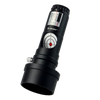 Collimation
Collimation
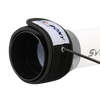 Heating band
Heating band
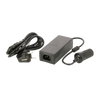 Cables
Cables
 Collars
Collars
 Computers
Computers
 Fans
Fans
 Others
Others
 All
All
 Weather Station
Weather Station
 Thermometer
Thermometer
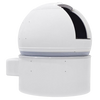 All
All
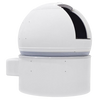 Observatory/Domes
Observatory/Domes
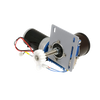 Accessories
Accessories
 ZWO
ZWO
 Explore Scientific
Explore Scientific
 Optolong
Optolong
 GSO
GSO
 Vixen
Vixen
 Bresser
Bresser
 Celestron
Celestron
 Baader
Baader
 Askar
Askar